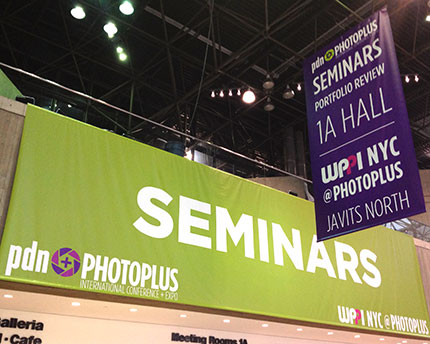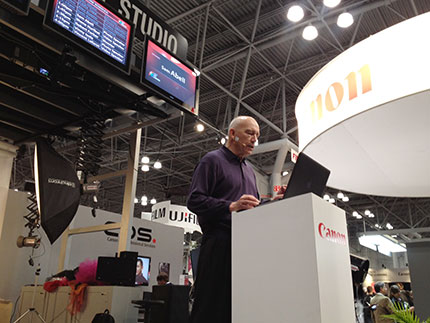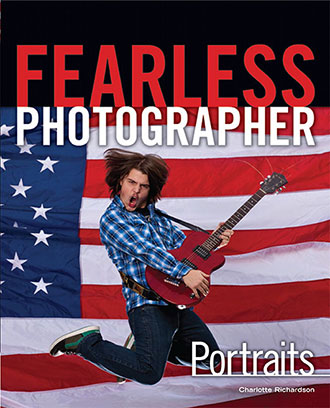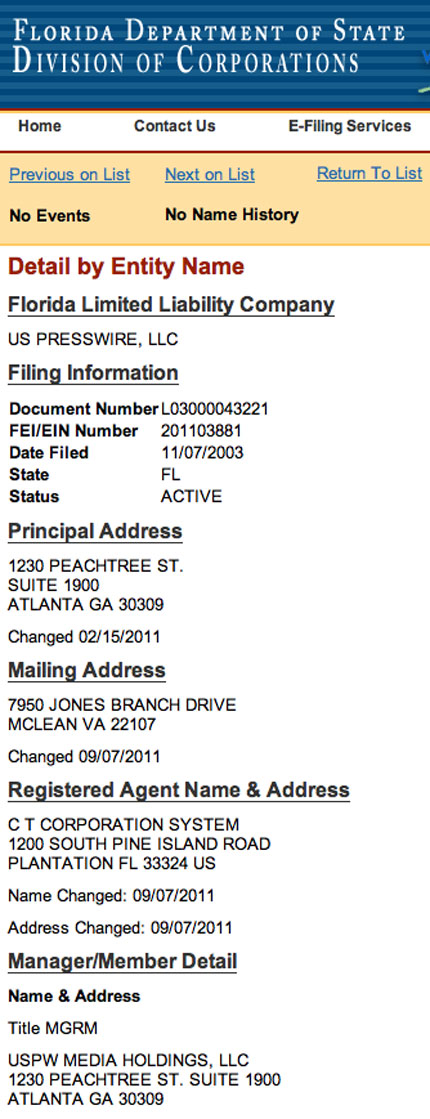It should be pretty clear by now that you can be sued for anything. Enter grudge-holding groom Todd Remis, who has decided to sue his wedding photographer 8 years after the wedding, and 3 years after the couple divorced, her whereabouts unknown. The New York Times reports on the whole fiasco here, where the ex-groom wants over $50k, which includes his money back plus the cost to fly his 40 or so guests back to recreate the wedding.
This would be where, if you were a wedding photographer, you should be calling your insurance company, and telling them "deal with this distraction, I have a business to run", and thaIt should be pretty clear by now that you can be sued for anything. Enter grudge-holding groom Todd Remis, who has decided to sue his wedding photographer 8 years after the wedding, and 3 years after the couple divorced, her whereabouts unknown. The New York Times reports on the whole fiasco here, where the ex-groom wants over $50k, which includes his money back plus the cost to fly his 40 or so guests back to recreate the wedding.
This would be where, if you were a wedding photographer, you should be calling your insurance company, and telling them "deal with this distraction, I have a business to run", and that's what they would do. What policy type would cover this? According to Renee Green (email), of the Hays Group, who handles insurance for many NPPA members, this would likely have been covered by either a general liability clause, or an errors & ommissions clause, depending upon the exact nature of the claim, and, of course, provided that the claim was made while the insurance was in effect. If, however, you had a claim made against you for work done years ago, and only got insurance this year, you wouldn't be covered. All the more reason to have insurance always, and ongoing.
Further, the Professional Photographers of America has sample wedding contracts (login required, here) that include a limitation of liability clause:
If the Studio/Photographer cannot perform this Contract due to fire or other casualty, strike, act of God, or other cause beyond the control of the parties, or due to Photographer’s illness or emergency, then the Photographer shall return the deposit to the Client but shall have no further liability with respect to the Contract. This limitation on liability shall also apply in the event that photographic materials are damaged in processing, lost through camera or other media malfunction, lost in the mail, or otherwise lost or damaged without fault on the part of the Photographer. In the event the Studio/Photographer fails to perform for any other reason, the Studio/Photographer shall not be liable for any amount in excess of all monies paid.
I'm sure that some variation of that clause existed in the defendant's contract.
It's business people, and when the paperwork gets in the way of the creative stuff, you'd better make sure your paperwork is in order, and you're protected. Otherwise, you'll spend all sorts of time dealing with the unpleasantries, and it could even cost your your house.
(Comments, if any, after the Jump)
Please post your comments by clicking the link below. If you've got questions, please pose them in our Photo Business Forum Flickr Group Discussion Threads.at's what they would do. Further, the Professional Photographers of America has sample wedding contracts (login required,
here) that include a limitation of liability clause:
If the Studio/Photographer cannot perform this Contract due to fire or other casualty, strike, act of God, or other cause beyond the control of the parties, or due to Photographer’s illness or emergency, then the Photographer shall return the deposit to the Client but shall have no further liability with respect to the Contract. This limitation on liability shall also apply in the event that photographic materials are damaged in processing, lost through camera or other media malfunction, lost in the mail, or otherwise lost or damaged without fault on the part of the Photographer. In the event the Studio/Photographer fails to perform for any other reason, the Studio/Photographer shall not be liable for any amount in excess of all monies paid.
I'm sure that some variation of that clause existed in the defendant's contract.
It's business people, and when the paperwork gets in the way of the creative stuff, you'd better make sure your paperwork is in order, and you're protected. Otherwise, you'll spend all sorts of time dealing with the unpleasantries, and it could even cost your your house.
(Comments, if any, after the Jump)
Please post your comments by clicking the link below. If you've got questions, please pose them in our Photo Business Forum Flickr Group Discussion Threads.
[More: Full Post and Comments]







